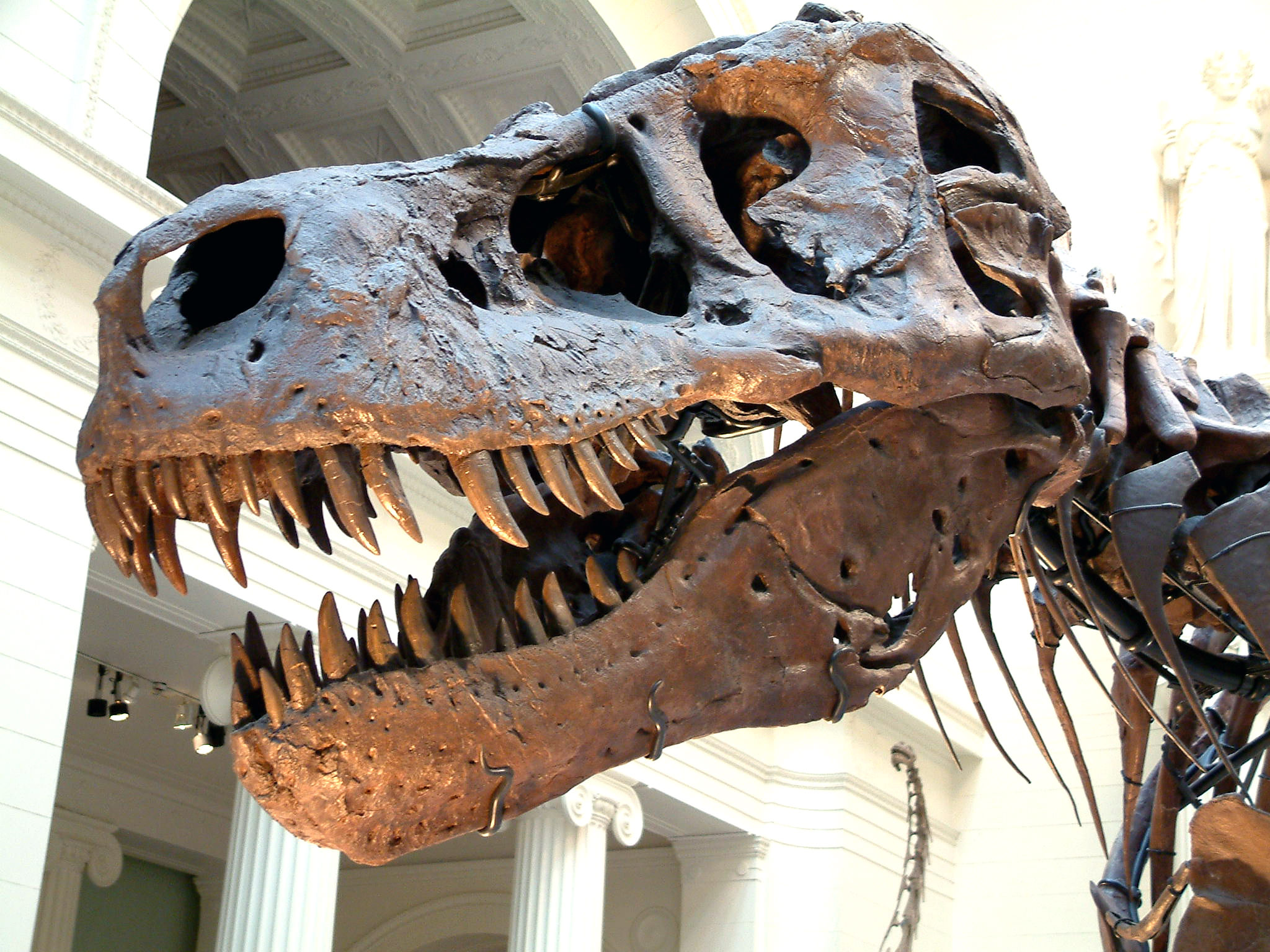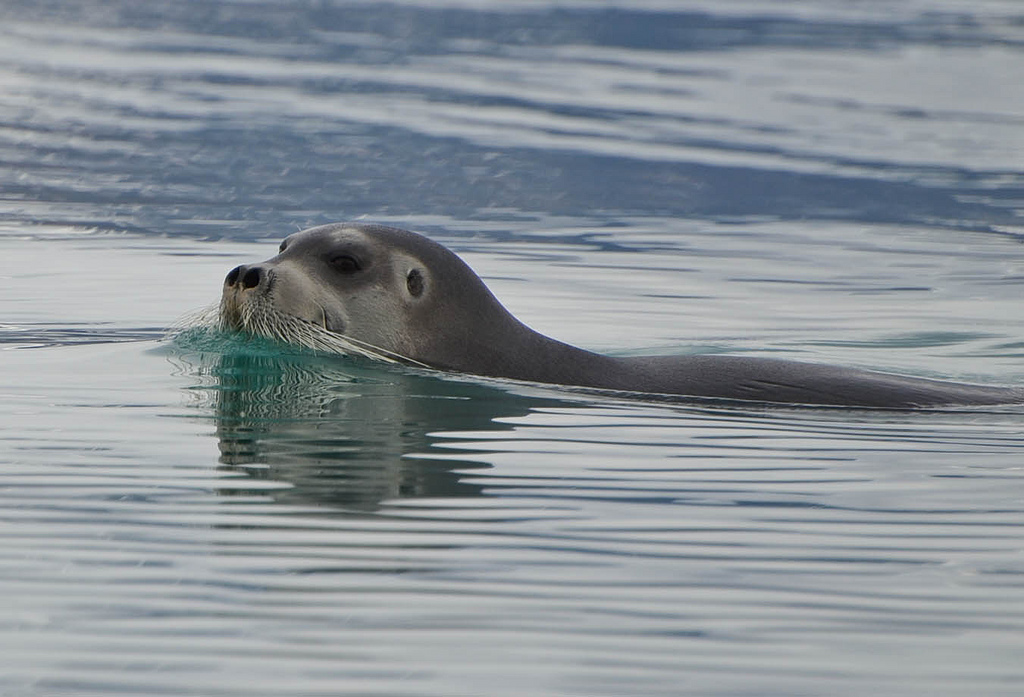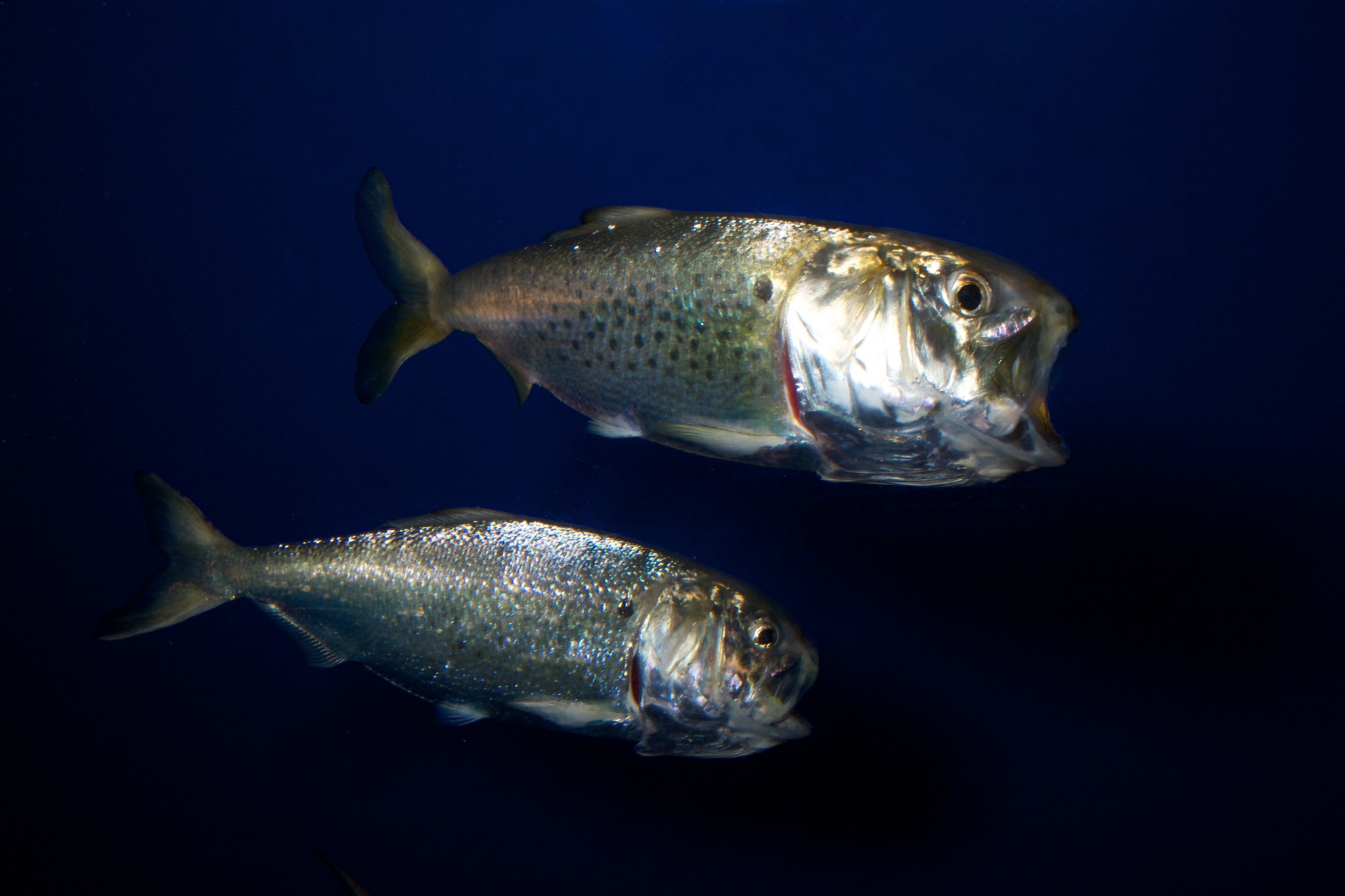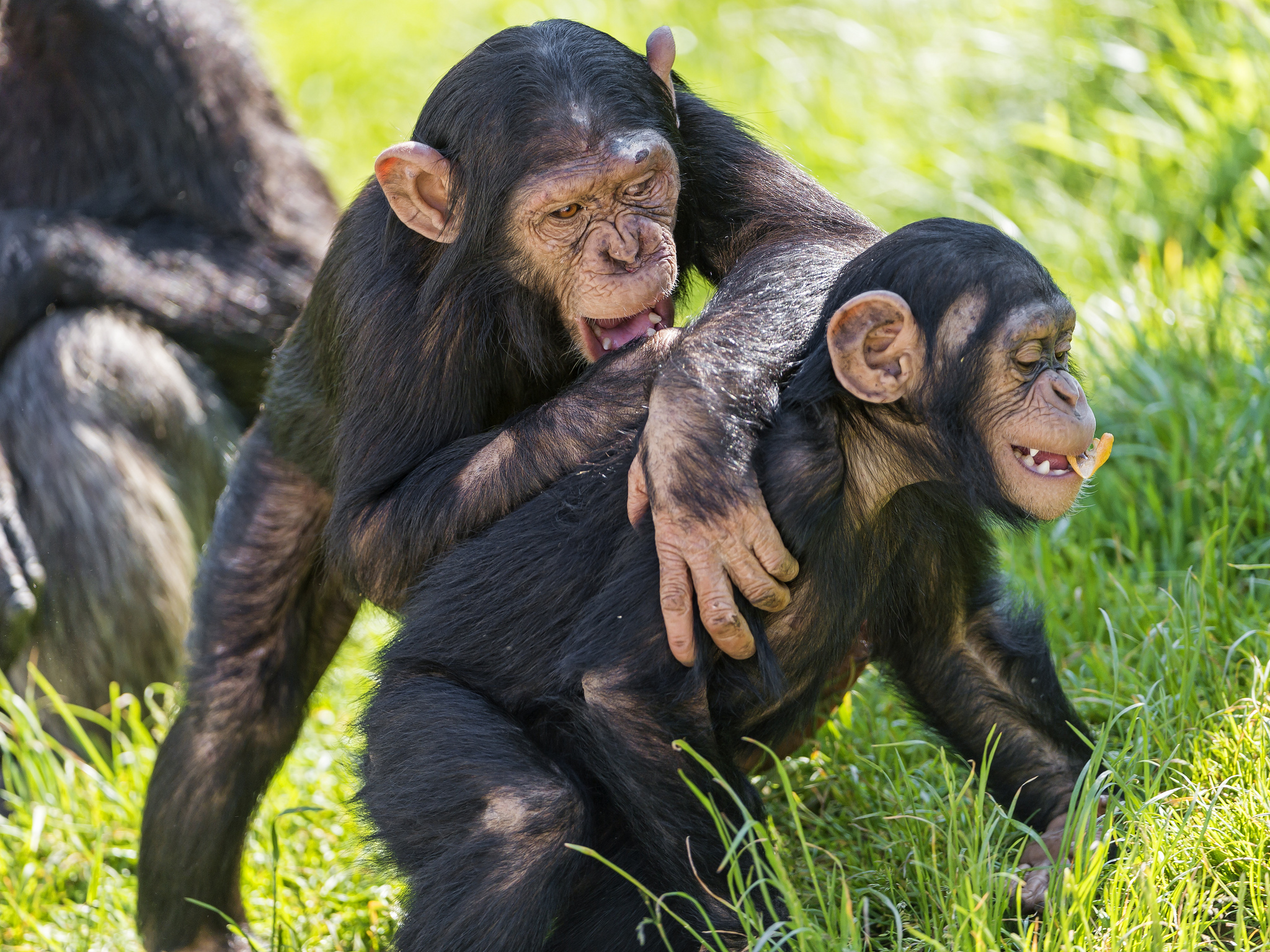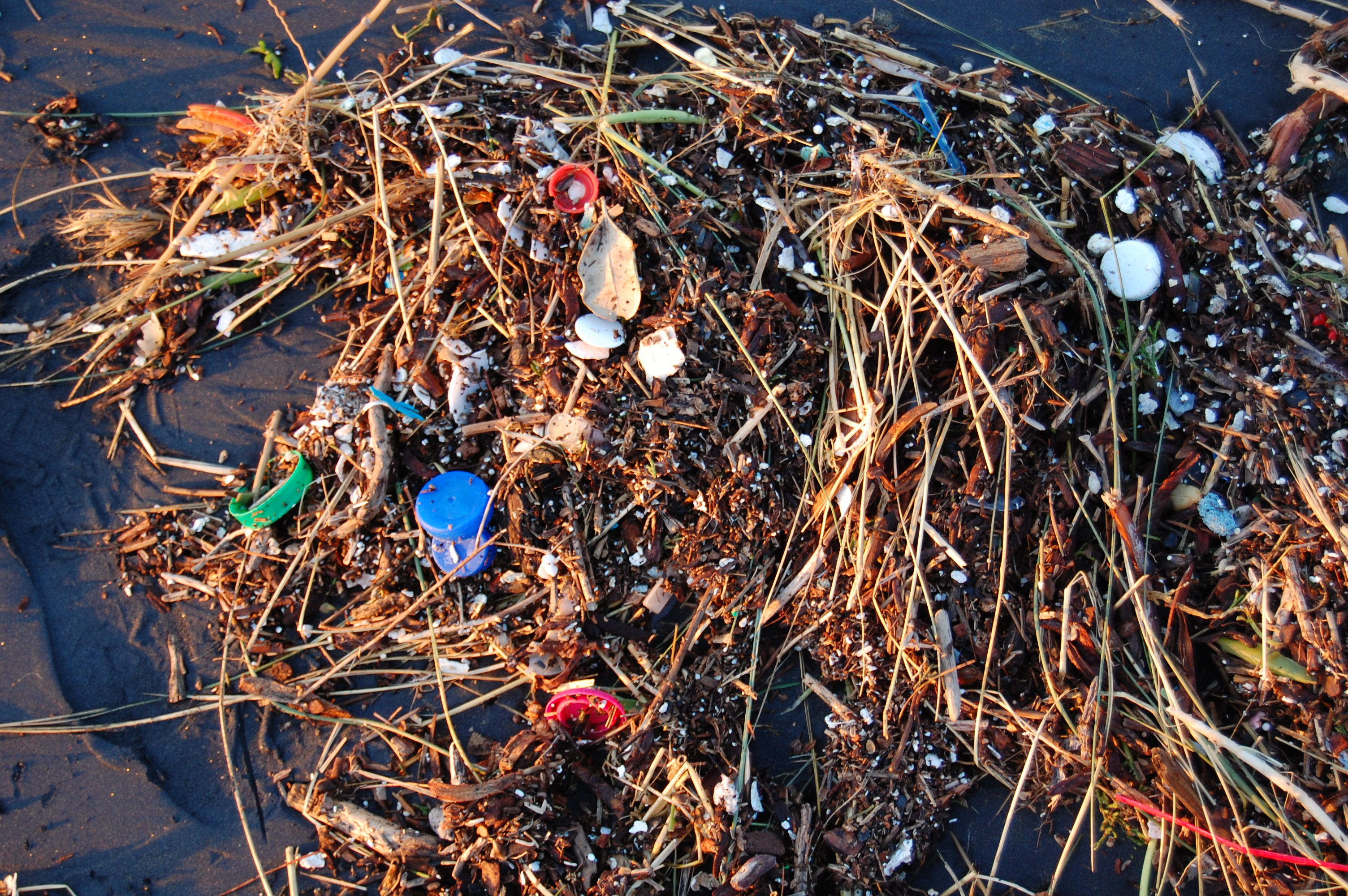Wildlife and Habitat
What Would Our Planet’s Sixth Mass Extinction Mean For Us?
A new study by researchers from three U.S. universities echoes an earlier report out of Duke University indicating that earth is in what appears to be the beginning of its sixth mass extinction – the first in some 65 million years. Large animals face the highest rate of decline, and their losses could affect other species, including us.
[Read more…] about What Would Our Planet’s Sixth Mass Extinction Mean For Us?
The First Mass Extinction Since Dinosaurs
Earth’s current biodiversity is the highest in the history of life – ever. It’s the product of three and a half billion years of evolution. But a new study warns that a tipping point is on the horizon.
[Read more…] about The First Mass Extinction Since Dinosaurs
Too Warm For Seal Hunting
In the far north of Alaska, generations of hunters have traversed the broken sea ice of Kotzebue Sound every late June and early July hunting for bearded seals. A single seal can supply hundreds of pounds of meat, enough to feed a large family for an entire winter. Its meat and oil products are an important food source.
Rising Ocean Acidity
Once, the constancy of seawater was taken for granted. Now, as we see evidence of increasing concentrations of mercury in seawater, it is becoming obvious that global pollution is taxing the dilution capacity of the seas. There is also good evidence that the ocean is acidifying.
Nitrogen Pollution Suffocates Fish
In Riverhead, Long Island the stench of rotting fish is becoming all too familiar. Over the past two months, the Department of Environmental Conservation estimates more than 400,000 Atlantic menhaden, commonly called bunker, have washed up on the shores of the Peconic River – which sits between Long Island’s north and south forks. The culprit: nitrogen pollution.
Trouble For Sardines
In the 1950s, there was a huge collapse of the West Coast sardine population as a result of intense overfishing that coincided with a natural down-cycle related to cooler water temperatures. That crash resulted in the virtual shutdown of the largest fishery in the Western Hemisphere, closing down the famed Cannery Row in Monterey, California.
On The Care Of Our Common Home
Religions are based on systems of faith, morals, and practice. Science is based on a system of theories, evidence, and hypothesis testing. Both are embedded in the structures of society where a convergence of beliefs and knowledge can often work together for a common social good.
More Protection For Chimpanzees
Wild chimpanzees have been on the endangered species list for decades. In the early 1900s, there were about a million of them, but current estimates are that there are only between 172,000 and 300,000 remaining around the world.
Genetically Modified Mosquitos
The use of genetically modified organisms –GMOs – in food crops like corn and soybean has become a real hot-button issue. The controversy has now spread to the use of genetic engineering to control mosquito-borne illnesses.
Bad News For Birds
While no one was looking, the U.S. House of Representatives passed a bill that threatens to dismantle protections we’ve extended to migratory birds since 1918.
To Bee Or Not To Bee
No one likes pests: mosquitoes at your barbeque, termites in your basement, caterpillars on your garden vegetables and field crops. During the past 70 years, the chemical industry has developed an arsenal of chemicals designed to eliminate pests.
The Ocean Cleanup Array
Plastic debris can be found on up to 88% of the ocean’s surface, and most of it is concentrated in the top two meters of water. Swirling currents known as gyres cause the debris to gather in certain areas. Some of these concentrations are so large they can be seen from space.
Monarch Butterflies
For the past two decades, the monarch butterfly population has been dropping at an astonishing rate. The U.S. Fish and Wildlife service estimates that the monarch population has dropped by nearly one billion butterflies since 1990 – a 90% decline. Today, only about 35 million butterflies remain – a statistic that has some groups calling for the species’ protection under the Endangered Species Act.
Valuing Wetlands
The value of wetlands extends beyond evenings in early spring, when a chorus of peepers makes the woods come alive with the sound of their music. Or when you stumble upon a male wood duck in a secluded forest pond— and marvel at its colorful beauty.
Forecasting Future Infectious Disease Outbreaks
From Ebola and bird flu to Lyme disease and West Nile virus, most emerging infectious diseases are transmitted from animals to humans, with more than a billion people suffering each year. Safeguarding public health requires effective surveillance tools. But to date, most outbreaks are dealt with as they happen.
[Read more…] about Forecasting Future Infectious Disease Outbreaks
Dolphins In The Gulf
Bottlenose dolphins, the most common type of oceanic dolphins, are turning up dead in the Gulf of Mexico at record rates. A study recently published in the scientific journal PLOS ONE indicates that the spike in dolphin deaths is directly linked to the 2010 Deepwater Horizon oil spill.
Useful Byproducts From Coffee Roasting
Coffee is the second most valuable commodity in the world after oil. This $100-billion-dollar-a-year industry plays a major role in the global economy. It also has a significant impact on the environment. Processing coffee produces more than 2 billion tons of byproducts annually.
Natural Sunscreen
We have all learned about the dangers of too much sun exposure. Sunscreen products are a multi-billion dollar market across the globe. We are careful to limit our hours in the sun. Meanwhile, many animal species spend their entire lives outdoors and apparently don’t suffer from too much exposure to the sun.
Trade And Trees


